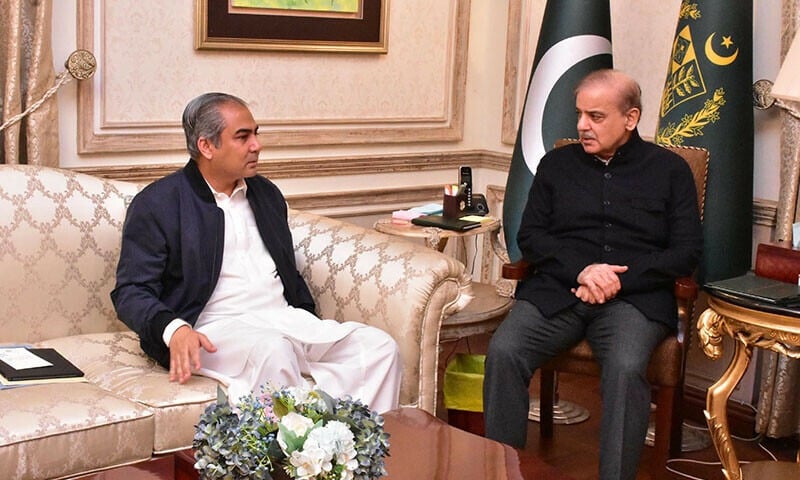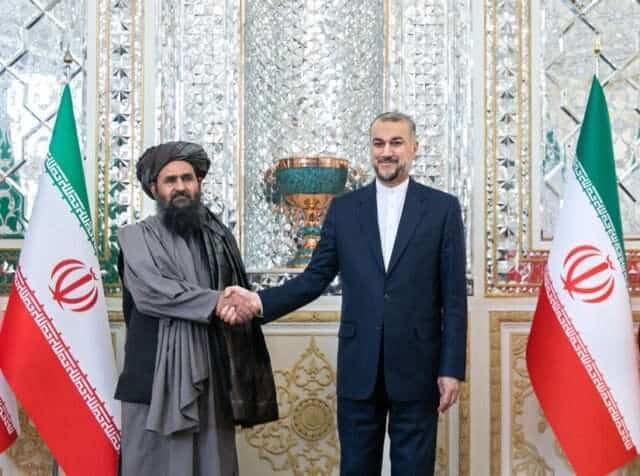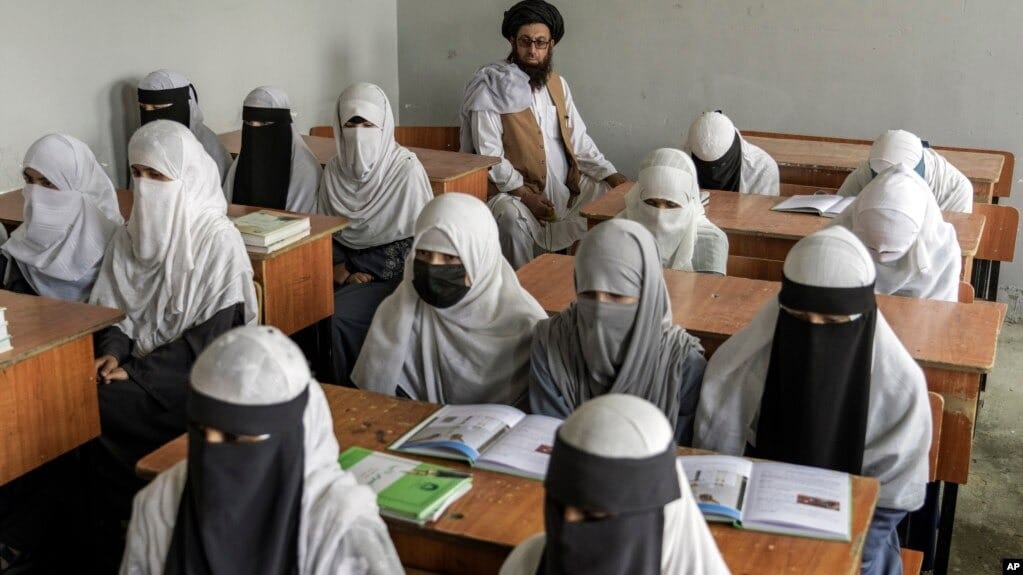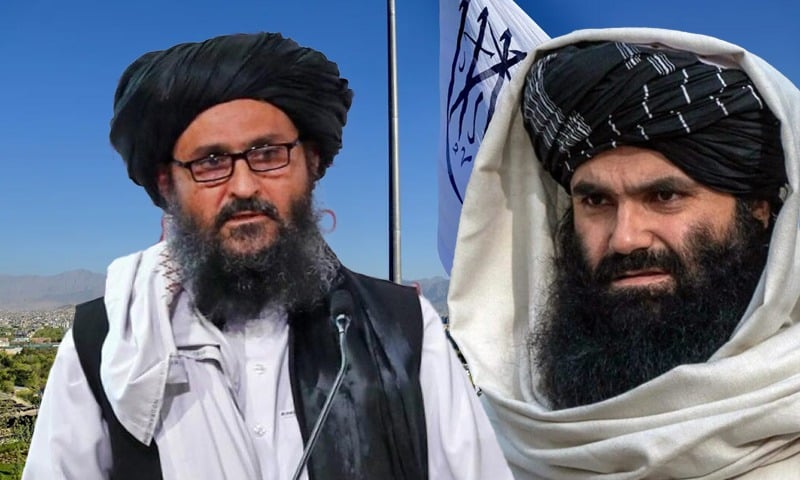Arif Yousafzai
When Pakistan’s Ambassador Asim Iftikhar stood at the United Nations and declared that more than twenty terrorist organizations were operating out of Afghanistan with over sixty training camps, he was not voicing a mere diplomatic grievance. He was stating a reality Pakistan has lived with for decades a reality where Afghan soil continues to serve as both sanctuary and springboard for forces bent on destabilizing Pakistan.
The gravity of this claim becomes starker when viewed against recent developments. Pakistan’s own Khyber Pakhtunkhwa (KP) government has, time and again, floated the idea of sending delegations to Kabul, as if dialogue alone could dismantle an entrenched infrastructure of militancy. Meanwhile, the Inter-Services Public Relations (ISPR), in an interview with the German Institute, pointed to another disturbing element: the seven billion dollars’ worth of advanced American weaponry abandoned in Afghanistan after the US withdrawal. These arms, instead of rusting in bunkers, now circulate in illicit markets and battlefields, empowering groups such as Tehreek-e-Taliban Pakistan (TTP) and Baloch insurgents.
To understand the persistence of this problem, one must revisit the genealogy of militancy in Afghanistan. The Afghan conflict has never been a local one. From the days of the Soviet war, Afghanistan became a magnet for jihadist organizations. Al-Qaeda set up its infamous base in Tora Bora, where Osama bin Laden etched his name into history. The East Turkestan Islamic Movement, the Islamic Movement of Uzbekistan, Tajik guerrillas, and fighters from North Africa and the Middle East all congregated on Afghan soil.
When the Taliban fought their twenty-year insurgency against NATO, they were not alone. Their battlefield was shared by global jihadists. Even the TTP of Pakistan lent their weight to this struggle. Pakistanis will recall Maulana Sufi Muhammad’s march across the border, leading thousands to wage jihad against US forces. These networks did not dissolve with the fall of Kabul in 2021. Their fighters did not vanish into thin air. Many remain embedded within the Islamic Emirate of Afghanistan, operating under its shadow.
This continuity explains why, even after the Taliban takeover, figures such as Al-Qaeda’s Ayman al-Zawahiri could allegedly be targeted in central Kabul. It also explains why senior TTP commanders like Umar Khalid Khurasani met mysterious ends in Afghanistan. The soil remains fertile for militancy.
The reach of Afghan-based sanctuaries extends beyond Islamist militancy. The death of Rehman Gul, a key commander of the Baloch Liberation Army’s Majid Brigade, in Helmand Province highlights the overlap between Afghan territory and Baloch separatist activity. These groups, whether Islamist or ethno-nationalist, find shelter in the same geography and tap into overlapping streams of funding, arms, and training.
The question then arises: how prepared is Pakistan to confront this storm? Statements from KP’s chief secretary, the inspector general of police, or even Chief Minister Ali Amin Gandapur often emphasize resilience and a “fight to the last man” spirit. But rhetoric, however bold, cannot substitute for strategy.
On the ground, the seriousness of Pakistan’s provincial administration remains in doubt. Civil institutions appear unprepared, often sidelined in counterinsurgency operations dominated by the military. The police fight valiantly but remain under-resourced. Meanwhile, militancy adapts, spreads, and finds footholds not just in KP but stretching toward Punjab, Sindh, and Karachi.
The chilling reality is that while the army’s intelligence-based operations have confined the Taliban’s spread to an extent, the movement remains resilient, entrenched, and unyielding. The idea of dismantling the “Inheritance of Civil Power” Act and sending the army back to the barracks may sound politically appealing. Yet, as many in KP know privately, such moves risk leaving the field open for militant domination. As one often hears in lighter but deeply telling conversations: “By morning, the Taliban could be everywhere.”
The international community, too, must confront its own complicity. When Donald Trump recently mused about regaining control of Bagram Air Base, it reflected the recognition even in Washington that the vacuum left behind has empowered the very actors the US once sought to defeat. The arms left behind now fuel regional instability, and Pakistan bears the brunt.
For Pakistan, the path forward requires more than diplomacy or rhetoric. It demands a reinvigoration of civil institutions, greater coherence between provincial and federal security strategies, and a recognition that militancy is no longer confined to the tribal peripheries. It is a national challenge with regional roots.
Afghanistan’s shadow wars continue to bleed into Pakistan, and the line between the Afghan Taliban and TTP grows thinner by the day. Whether cloaked in ideological jihad or ethnic separatism, the forces sheltering across the border pose an existential threat. Pakistan must not only confront these realities on the battlefield but also recalibrate its governance structures to meet the challenge.
History has shown that militant sanctuaries in Afghanistan rarely stay confined to its borders. Pakistan’s warnings at the UN are not just alarms for itself they are warnings for the entire international community.





